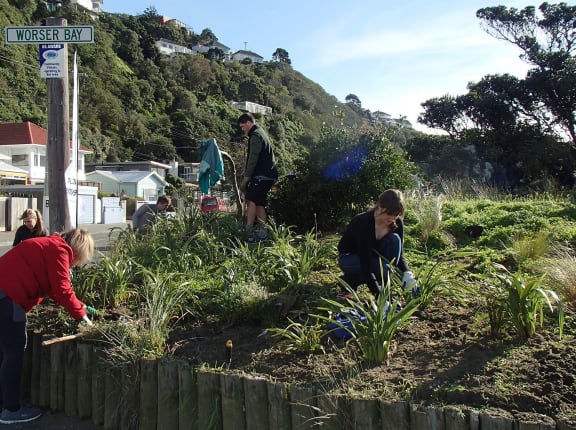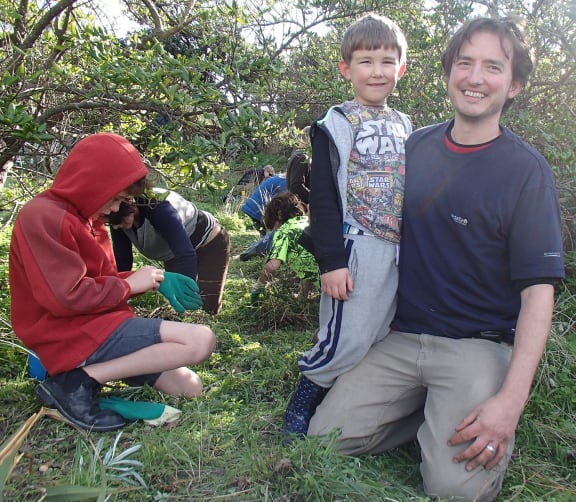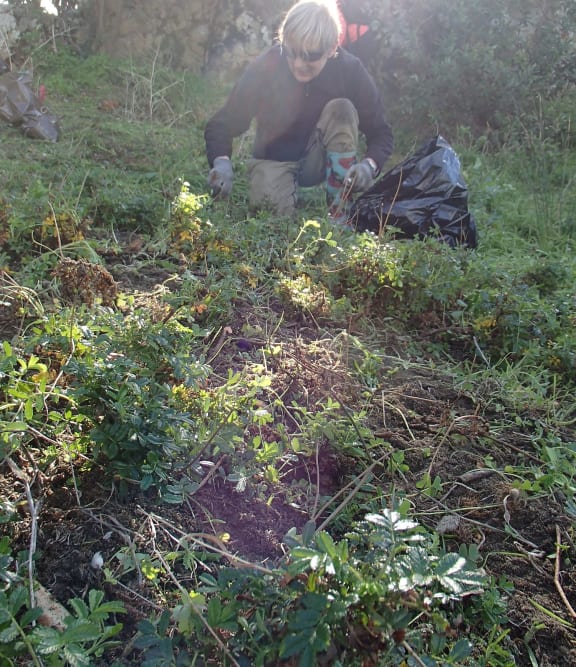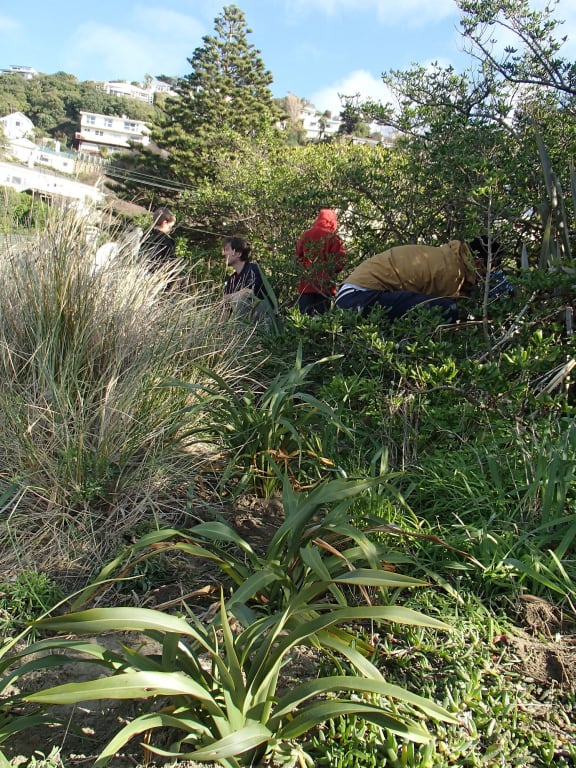While the Auckland housing crisis continues, some of Wellington’s smallest residents are sleeping easy and mortgage-free in their community-provided housing.
Forest and Bird’s Places for Penguins co-ordinator Karin Wiley says they have installed 111 nest boxes for little blue penguins around the south coast of Wellington as well as on the Miramar Peninsula.
In the last breeding season, a third of the boxes were occupied, and the resident pairs successfully produced 43 chicks.
Karin says the problem around the Wellington coast is that there’s only a small strip of vegetation between the sea and busy roads. With few options available the little penguins dice with death as they cross the highway to reach better nesting places.
To try and improve matters, Places for Penguins has been planting native vegetation along the coast to provide shelter and shade around the nest boxes. In the long-term the bushes and flaxes should offer good natural nest sites as well. And hopefully, as the coastal strip becomes more ‘des res’, the penguins will have less need to cross the road.
Places for Penguins organises a number of community planting days during winter, some of which they co-ordinate with another Wellington conservation group Te Motu Kairangi/Miramar Ecological Restoration.
Te Motu Kairangi coordinator Joakim Liman says his group is working to bring bush birds back to Miramar Peninsula, replanting the missing canopy species which are a rich source of food for birds such as tui and kereru.
He says they have planted more than 6500 trees so far, especially fruiting species such as kohekohe.
Little penguins have featured on Our Changing World before, in stories about monitoring and research on Matiu Somes Island in Wellington Harbour.
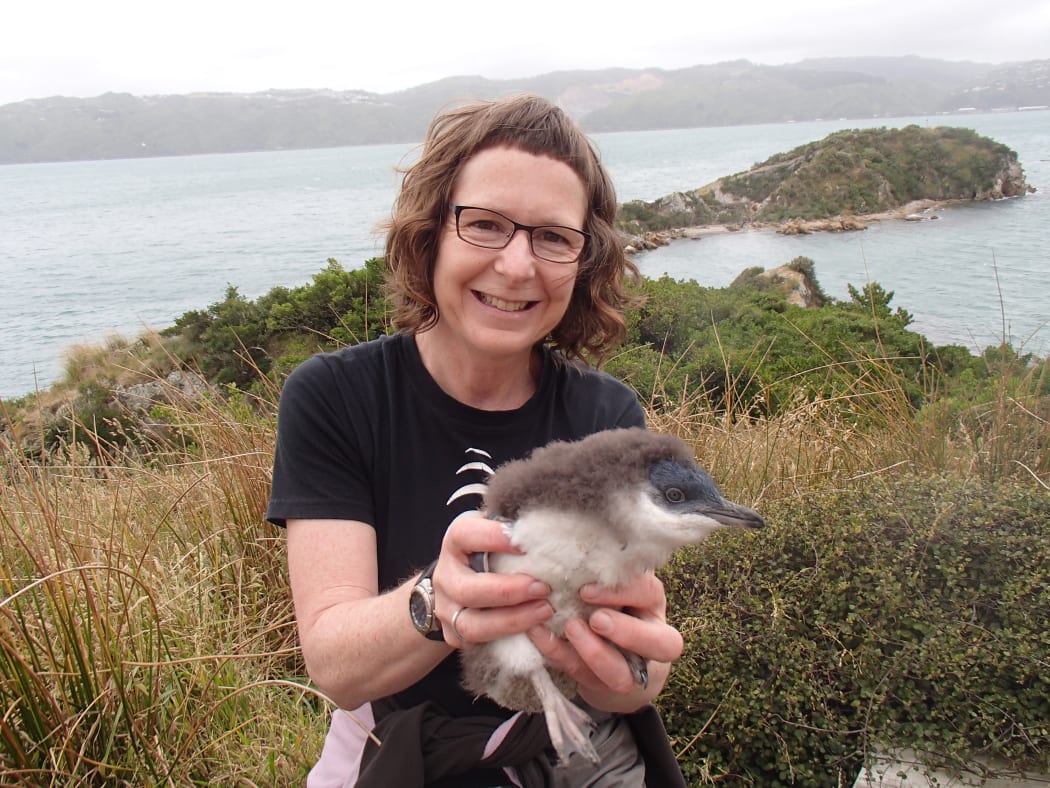
Alison Ballance with a little penguin chick, hatched and raised in a nest box on Matiu Somes Island. Photo: RNZ / Alison Ballance
